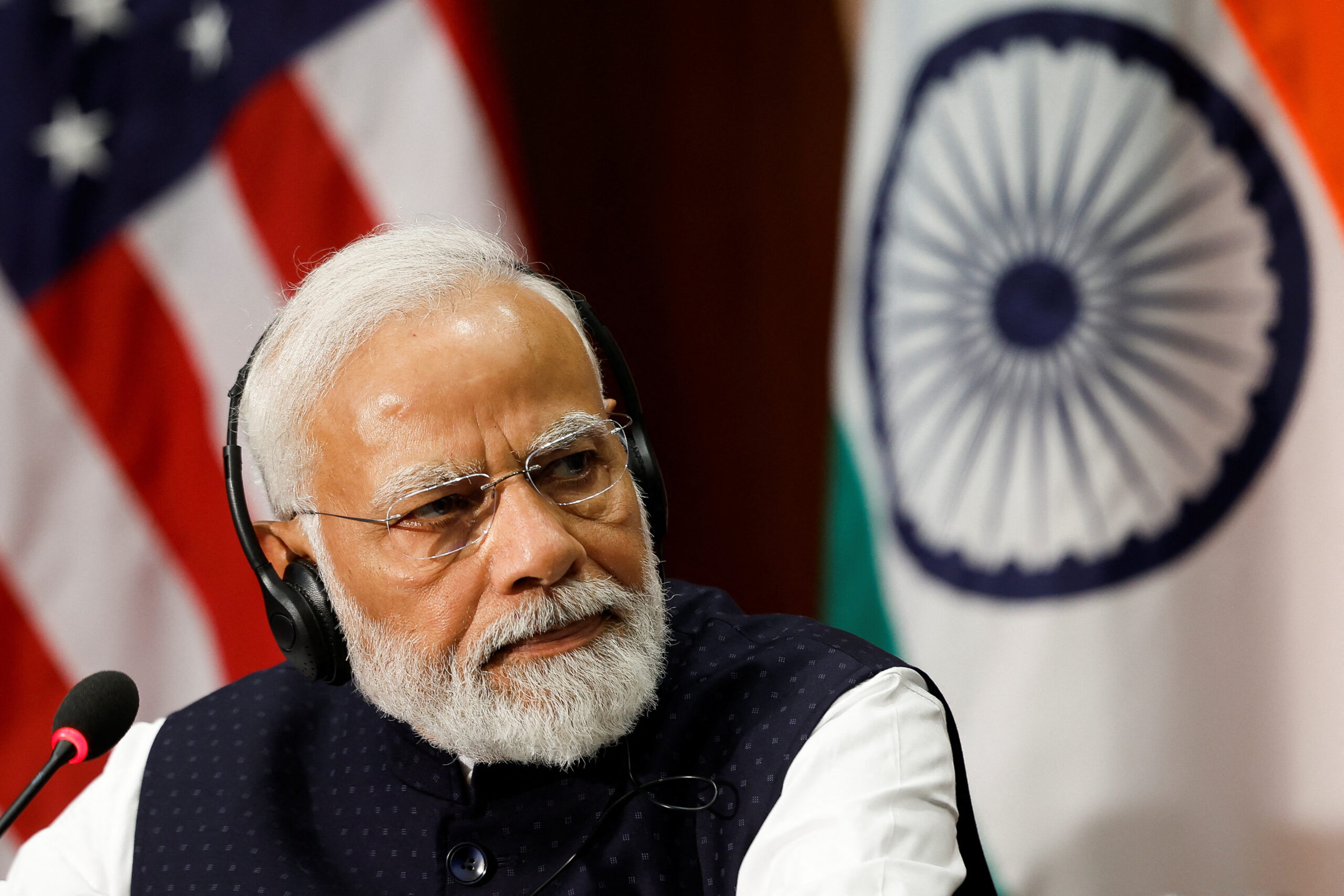Examine the effects of Narendra Modi’s ten-year administration on India’s economy, including rising income disparities and stock market gains. Explore the intricacies of welfare schemes, centralized authority, and technological advancements that are influencing India’s economic story under Modi’s direction.
Under the direction of Prime Minister Narendra Modi, India, the nation of variety, has seen a rapid economic transformation throughout the last ten years. Examining the effects of Modi’s government on India’s economy is essential as the country’s elections draw near again. This is a subject that has generated discussions and views all throughout the country. Let’s examine the specifics of what India’s economic environment has looked like after ten years of Modi governance.
The Modi Effect: A Rise in the Stock Market and Economic Development
Acchhe din aane waale hain” (good times are coming) was one of Narendra Modi’s campaign promises when he first came to office in 2014. In certain ways, he kept his word. The stock market tripled in value after Modi’s inauguration, sending the Indian economy to previously unheard-of heights. Over the last ten years, the economy of the nation has grown dramatically, almost tripling in size.
Unequal Gains in the Economy: The Growing Wealth Divide
Despite the positive outlook provided by economic statistics, it is critical to recognize the growing disparity in wealth. The gains have disproportionately benefited the wealthy notwithstanding overall growth. A significant portion of the Indian populace is now struggling to make ends meet since the bulk of the country’s economic progress has gone to the wealthiest members of society.
Social Services: A Juggling Act in the Face of Inequality
For millions of Indians, social services have become a vital lifeline amidst this economic disparity. Under Modi’s government, social programmes were extended and the impoverished received free food, sanitary facilities, and building supplies. Undoubtedly, these initiatives have provided a glimpse of optimism among economic inequities, alleviating suffering in rural regions.
The Modi Factor: Economic Showmanship and Centralized Power
Modi’s ability to centralize power and his skill at economic showmanship are irrefutable. There is no political scene in India quite like Modi’s, with his slogans plastered all over the place. India’s economic story has been shaped by his leadership, which has drawn praise and criticism for his ability to control the economy and influence public opinion.
A Mixed Bag of Digital Leap and Infrastructure Overhauls
With the help of programs like the “India Stack” and large-scale infrastructure projects, India has seen a digital revolution and an upgrade of its infrastructure under Modi’s presidency. Although these initiatives have brought India into the digital era and solved long-standing infrastructure shortcomings, there are many complaints about overbuilding and bureaucratic roadblocks impeding development.
Economic Needs in the Face of Social Issues
Beyond the numbers on the economy, Modi’s administration has been accompanied by a wide range of social problems. With underemployment rife and unemployment rates stagnant, the work sector continues to be a major source of anxiety. The current wave of Indians looking for chances outside highlights the pressing need for skill development and job creation in the nation.
The Path Ahead: Balancing Aspirations and Economic Reality
India is at a turning point in its economic development as it prepares for yet another election. Even if the economy has advanced significantly under Modi’s leadership, resolving long-standing disparities and promoting equitable development are still critical. India’s economic future will surely be shaped during the next ten years, and the decisions taken now will have an impact on future generations.
Examining India’s Economic Development During Modi’s Ten-Year Administration




6 thoughts on “Examining India’s Economic Development During Modi’s Ten-Year Administration”